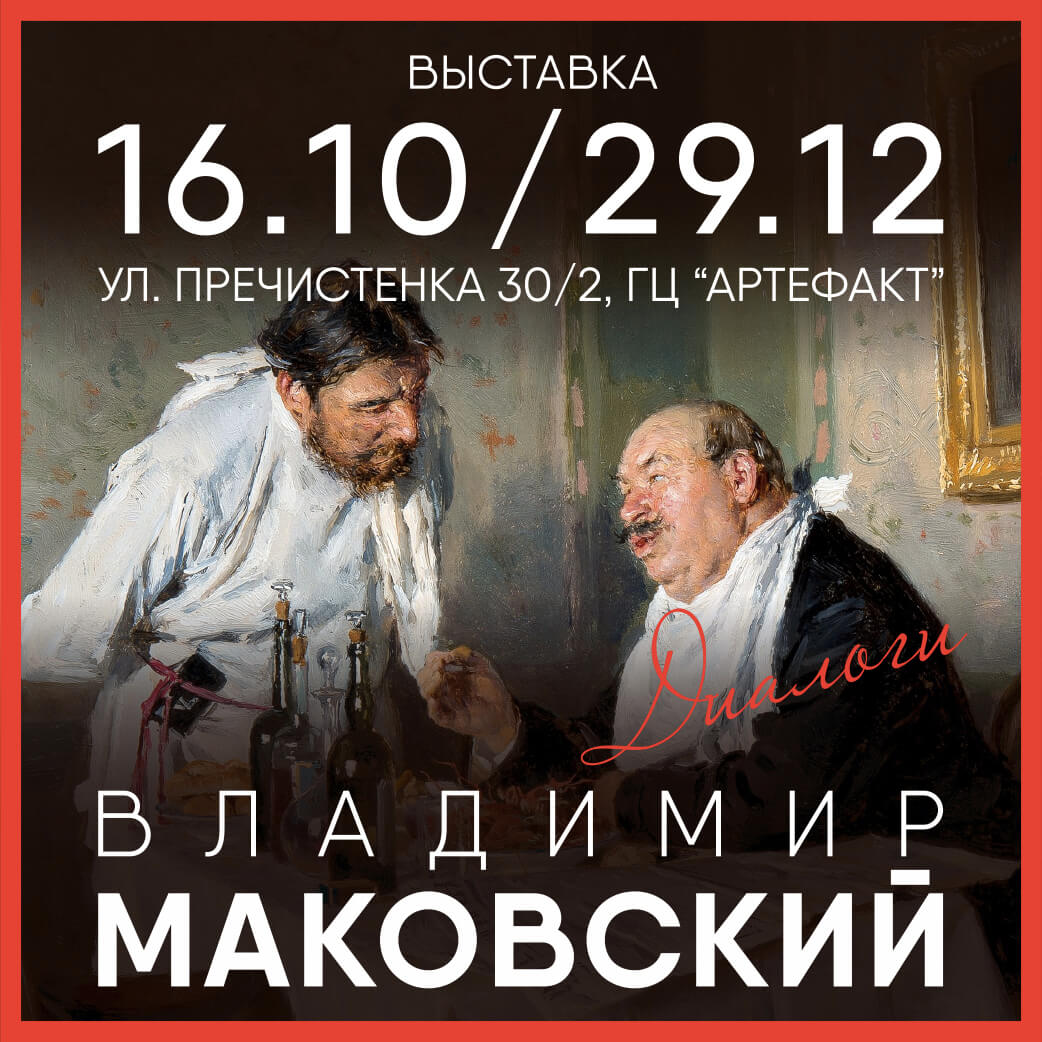Art Investment
Baranov-Rossiné Vladimir Davidovich
1888–1944
Pseudonyms,autonyms and aliases: Shulim-Volf
БИОГРАФИЯ
BARANOV-ROSSINÉ Vladimir Davidovitch
Painter, graphic artist, sculptor, inventor
Vladimir Baranov came from the petty bourgeoisie. In 1903–1908 he attended Odessa Art College. In 1908 he moved to St. Petersburg, where he entered the Academy of Fine Arts, but a year later was sent down for poor attendance.
Since 1907 he was involved in the first avant-garde exhibitions: Stefanos in Moscow, 1907; together with D. D. Burliuk, A. V. Lentulov and A. A. Exter in the exhibition Zveno (“The Link”) in Kiev, 1908; Venok-Stephanos (“Wreath-Stefanos”) in St. Petersburg, 1909; Impressionists in St. Petersburg, Wilno, Berlin, 1909–1910; exhibition at the Art Bureau under N. E. Dobychina in Petrograd, 1919.
In 1910 he went to Paris, where he became a resident of the artist’s colony La Ruche together with M. Chagall, O. Zadkine, A. Archipenko, Ch. Soutine, A. Modigliani and others. Under the pseudonym Rossiné he exposed his futuristic and suprematist compositions, as well as sculptures; for example, at the Salon of Independent he presented an abstract sculpture The Symphony № 2, made of metal pipes, wires and springs (1914, was lost). Baranov’s works were highly estimated by G. Apollinaire.
At the same time, Baranov took an interest in the idea of music and color synthesis through the use of basic spectral colors; he became friends with the founder of Orphism R. Delaunay. Under his influence, Baranov created such paintings as The War, The blue apocalypse. He became acquainted with A. N. Scriabin and wrote his portrait, which the composer left his autograph on: To the musician of colors — Scriabin.
In 1915 at the beginning of the First World War Baranov moved to Norway, Scandinavia, where the style of the artist was finally formed. He invented and projected the optophonic piano, and gave concerts in Christiania (now — Oslo), and Stockholm. The first personal exhibition of Baranov was held in the Norwegian capital.
In 1917, after returning to Russia, Baranov settled in Moscow, where he became a professor at the Art and Technical Studios (VHUTEMAS), he also served in the Commissariat of Education (Narcompros) at the Board of Arts and the art industry and was the head of the art studio at PGSKhUM (Petrograd State Free Art Workshops).
At the same time Baranov worked in Petrograd: he created revolutionary panels and participated in the decoration of the city for the first anniversary of the October (co-authored with B. M. Kustodiev and K. S. Petrov-Vodkin). In 1917 he exposed more that 60 his works at the exhibition at the Art Bureau under Dobychina, as well as at the exhibition of paintings and sculptures by Jewish artists (Moscow).
Baranov developed the ideas of Orphism, and in early 1920s he turned to the Scriabin’s conceptions of light and music. He designed a clavier — an improved optophone that was capable of creating sounds and colored lights. The light was projected through the optical filters on the so called chromotron (screen).
The first Optophonic color-visual concerts were held by Baranov in the theatre of V. Meyerhold (1923) and in the Bolshoi Theatre (1924). The author played the Partiya sveta (“Part of the light”), arranged by the symphony orchestra under the direction of V. Suk.
In 1925 Baranov moved to Paris, where he patented and actively demonstrated his invention. There he continued to hold optophonic concerts. Baranov founded an Optophonic Academy, where he was a teacher; he was engaged in the audio-visual research.
In 1930s Baranov-Rossiné invented many other units, such as photochromometer (for the determination of the quality of precious stones), multiperco (for production and purification of chemical solutions, sterilization of gassy fluids; patented in 1934) and dynamic camouflage (patented in 1939).
In the field of sculpture and painting, Baranov-Rossiné created a series of abstract compositions, connected with musical associations. The principle of the Möbius strip was used in these compositions (polychrome and materials of various kinds and textures). Baranov was interested in any new art trend, including surrealism. He regularly exposed his works at the Salon of Independents.
In order to earn money for living the artist had to run his own business. One time Baranov was engaged in the real-estate business.
When the World War II began, Baranov refused to leave France. In November 1943, when Paris was occupied, the artist as a Jew was arrested and deported to Germany, where he died in a German concentration camp (Auschwitz).
In Russia works of Baranov-Rossiné were forgotten for a long time. But now the interest revives, that is explained by the growing attention to the works of the artist abroad. In 1954 the Salon of Independents arranged posthumous exhibition of Baranov-Rossiné’s works.
The exhibitions were held in Paris (1970, 1972/1973, 1984), London (1970) and in the State Tretyakov Gallery in Moscow (2004).
Works by Vladimir Baranov-Rossiné are in the State Tretyakov Gallery, the State Russian Museum, the Museum of Modern Art in New York, the Pompidou Center in Paris, and the Ludwig Museum in Cologne.
Новости - Hot news
Открыты 478-е торги AI Аукциона
01.05.2023Неизвестный известный Серж Иванов. 1893–1983
06.03.2023Открыты 469-е торги AI Аукциона
27.02.2023Открыты 429-е торги AI Аукциона
12.05.2022The king walks in any weather. Personal exhibition of artist Andrew Munz AI in the gallery "XXI century. Contemporary Russian art"
17.08.2020A common story: Artsy. Part 1
13.08.2020Open 342-е the Auction and 28-й curator's auction "XXI century"
11.08.2020Artist of the week: Leonid Purygin
10.08.2020Cross-trades in the summer of 2020. ArtTactic Report
06.08.2020Услуги ARTinvestment
Арт-консалтинг
Индивидуальные консультации от опытных искусствоведов по любым вопросам в сфере искусства
Составление Инвестиционного Портфеля
Подбор предметов искусства для инвестирования под любую инвестиционную стратегию
Индивидуальная оценка
Наши эксперты проведут профессиональную оценку вашего предмета искусства, учитывая его состояние, авторство, историю и другие факторы
Проведенных аукционов
Зарегистрированных пользователей на аукционе
Записей в базе
Художников в базе


